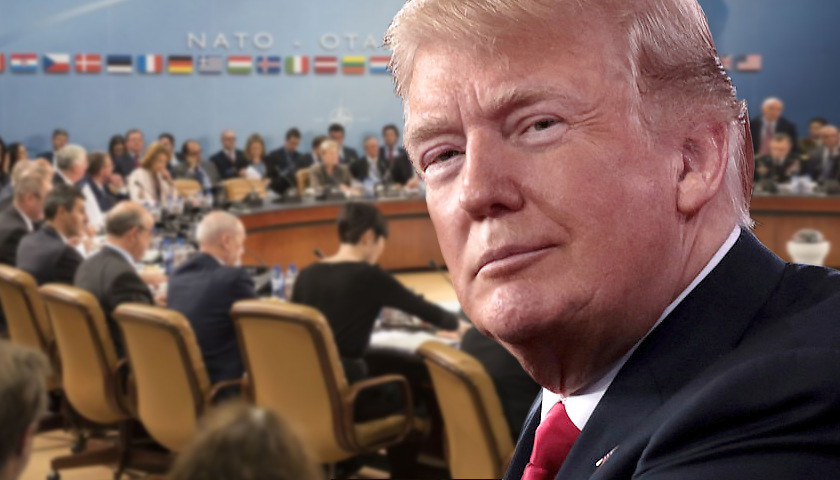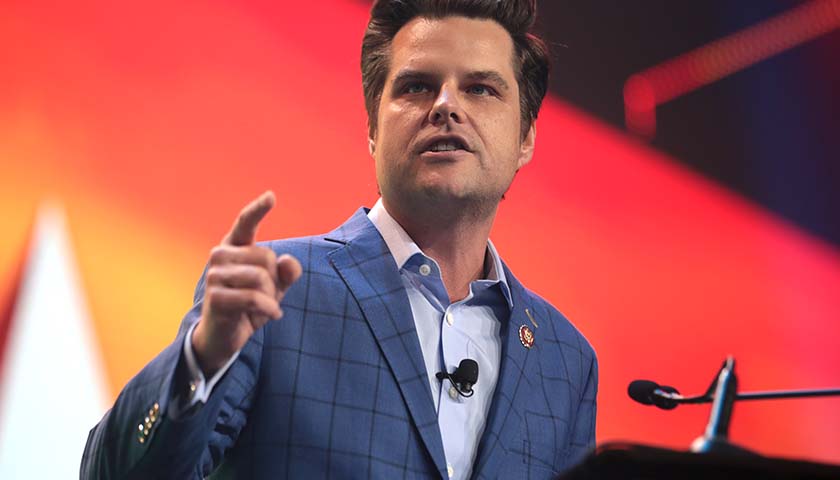Reuters
President Trump is poised to demand again that Europe and Canada raise defense spending at a two-day NATO summit in Brussels from Wednesday, even as billions more dollars are being pledged for allied militaries.
NATO agreed in 2014 that each member state would boost military spending to 2 percent of its gross domestic product by 2024, and cumulative expenditure by Europe and Canada has risen by almost $90 billion since 2015.
But only two-thirds of the 28 allies, excluding the United States, have a realistic plan to hit the 2-percent level in 2024, NATO diplomats say. The United States spent 3.57 percent of GDP on defense in 2017.
However, European officials say while U.S. defense spending makes up 70 percent of combined allied governments’ military budgets, just 15 percent of U.S. expenditure is spent in Europe on NATO-related defense.
Washington pays about 22 percent of the running cost of NATO, including the headquarters and commonly-funded equipment such as AWACS surveillance planes.
Here is a rundown of the best and worst performers, based on North Atlantic Treaty Organization data.
Top of the class
BRITAIN has maintained its defense spending at just above 2 percent for several years and is set to do so again this year. But Trump has sought to keep up the pressure by calling the NATO target a “bare minimum.”
In a letter last month, U.S. Secretary of defense Jim Mattis wrote to British defense Secretary Gavin Williamson threatening to replace Britain with France as Washington’s closest military ally if London did not further increase military spending.
FRANCE has plans to increase defense spending by more than one third by 2025, sending it well on its way to satisfying the 2 percent goal and earning a stamp of approval from Trump. In 2018, France will spend 1.81 percent of its GDP on defense.
GREECE is another big spender, second only to the United States by spending 2.38 percent of its GDP on defense in 2017.
Nervous about Russia since Moscow’s 2014 annexation of Crimea, POLAND and ESTONIA also sit right at the 2 percent mark, while LATVIA, LITHUANIA and ROMANIA are set to join the group this year, according to government plans for 2018.
Not good enough for Trump
GERMANY is Trump’s biggest concern, investing 1.24 percent of its GDP in 2017 and estimated to do the same in 2018.
While Germany’s spending is increasing, the country will not reach the target by 2024, instead expecting to boost spending to 1.5 percent by 2025.
Quality defects and missing spare parts have curtailed the readiness of German submarines, warplanes and other weapons after years of declining spending since the end of the Cold War.
But given the size of the German economy, reaching 2 percent per year would surpass Britain and France and make European neighbours nervous because of the legacy of two world wars.
CANADA and NORWAY are other offenders in the eyes of the U.S. president, although Ottawa has plans to increase its defense budget by nearly three-quarters over the next decade.
Worst offenders
Three allies are projected to be spending less than one percent of their GDP on defense in 2018: BELGIUM (0.93 percent), LUXEMBOURG (0.55 percent) and SPAIN (0.93 percent).
Belgian Prime Minister Charles Michel received a letter from the Trump administration earlier this month demanding that the country boost its spending, but Michel said was “not very impressed.” BELGIUM plans to raise spending by 2030 and is set to spend billions on new fighter jets.
ITALY and SPAIN, whose economies were badly weakened by the euro zone crisis, will not meet the targets by 2024, while HUNGARYhas set its sights on 2026 instead.




